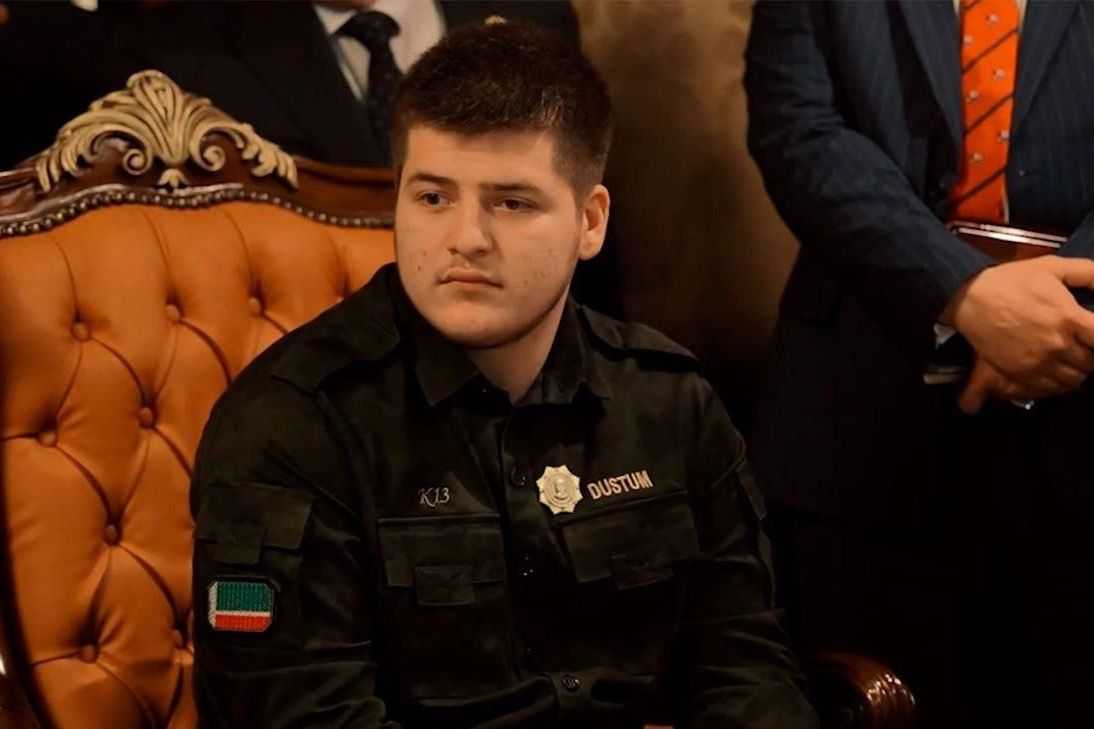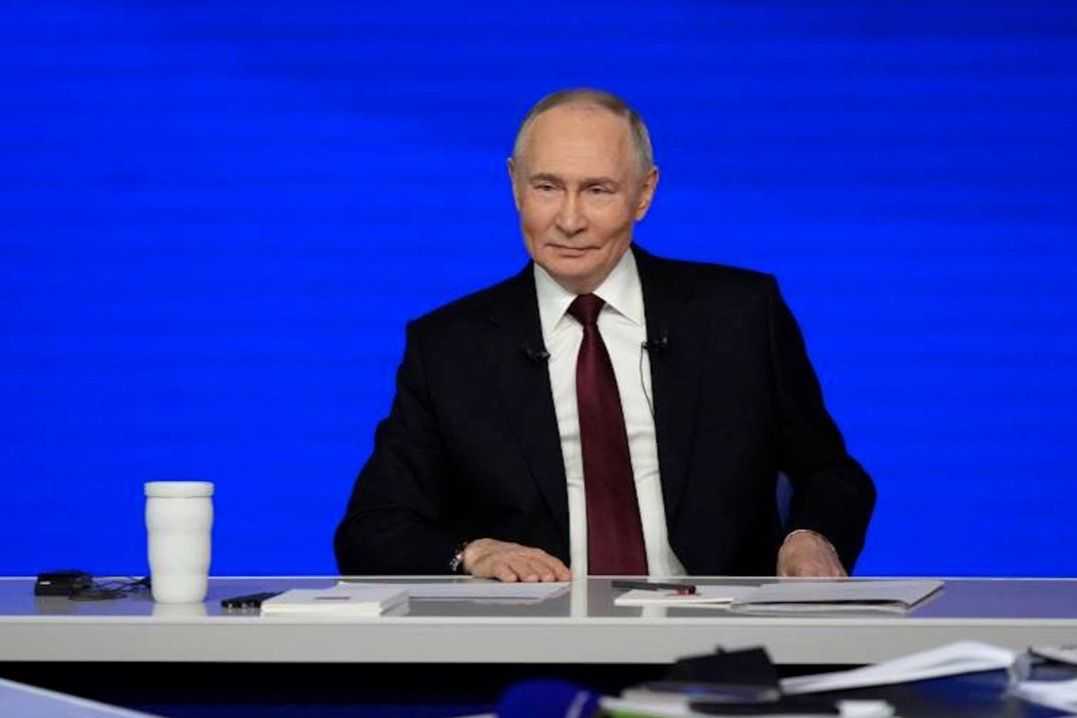
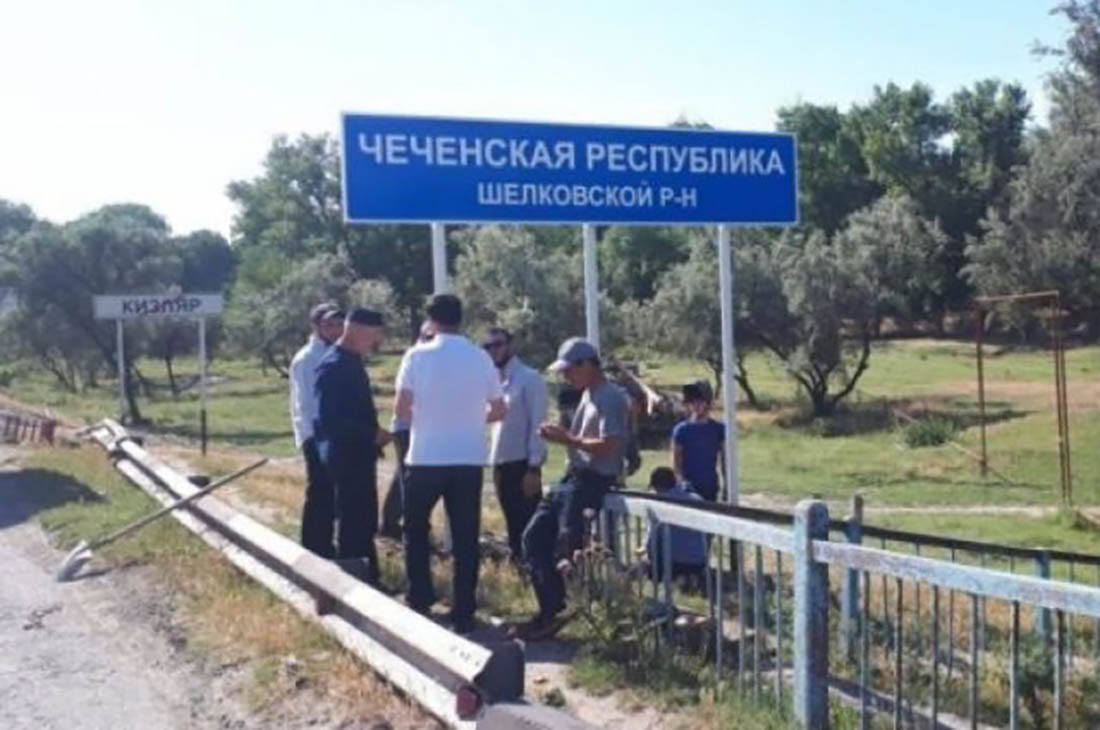
People from the Russian Republic of Daghestan have dismantled a road sign reading ‘Shelkovskoy District of Chechnya’ near the entrance to the Daghestani city of Kizlyar. The next morning, chair of the Chechen Parliament Magomed Daudov visited the scene and the authorities of Daghestan convened an emergency meeting.
The sign was dismantled on the night of 10 June. One resident of Kizlyar told OC Media that people first noticed the sign the previous day.
According to Daghestani historian Zurab Gadzhiyev, the side of the road that the sign was installed had always belonged to Chechnya, but that there was just no sign there.
Gadzhiyev told OC Media that this led to a misunderstanding, but that now the Daghestani side has also installed a sign opposite the Chechen one reading ‘Kizlyar District, Republic of Daghestan’.
The procedure for delimiting the boundaries between Russia’s federal subjects, including Chechnya and Daghestan, has been ongoing since January.
In March, Chechnya unilaterally added to the federal cadastral register nine disputed territories belonging to Daghestan, causing anger in Daghestan.
Daghestan could have appealed the move through the courts in order to return the plots of land and remove them from cadastral register, but the three–month deadline for filing claims has now expired.
On 16 April, the chairman of the Chechen parliament, Magomed Daudov, and the chairman of the Daghestani parliament, Khizri Shikhsaidov, officially announced the suspension of the border delimitation.
‘Over my dead body’
On the night of 10 June, security forces from Chechnya’s Shelkovskoy District arrived to the scene of the dismantled sign. On the same day, Daudov said live on Instagram that he intended to return the traffic sign to the site.
‘We need to learn history, geography, what ends where, whose territory is where. Then things will be easier for us’, he said.
On 11 June, Daudov travelled to Kizlyar to meet with officials from the Daghestani and Kizlyar District governments. Daudov reprimanded Aleksandr Pogorelov, the head of the Kizlyar District, and residents of the district.
‘This mess between the Chechen Republic and Daghestan happens precisely because of the administration of the city of Kizlyar. [The federal Forestry Agency] has filed a lawsuit against you for having illegally appropriated the forest estate of Chechnya and the city of Kizlyar’, Daudov told Pogorelov.
According to Daudov, if the authorities of Kizlyar had talked to residents in advance, the dismantling of the sign would have been avoided. He advised them to work with young people.
After meeting the officials, Daudov spoke emotionally to residents of the Kizlyar District.
‘You can remove that sign over my dead body’, he said to an elderly man who suggested first removing the sign and then discussing its installation. In response, the man told Daudov that ‘we will remove this sign and we will remove your corpse’.
On 12 June, Daudov announced on his Instagram account that another sign had been destroyed by a lorry on the night of 11 June.
‘I promise, the sign fighter will be found. I talked to the leadership of Daghestan, law enforcement agencies are also working in this direction, and we will work within the law’, he said.
‘Neither Daghestan nor the Chechen Republic has any claims to each other’
At an emergency meeting on 11 June, the head of the administration of the head and government of Daghestan, Vladimir Ivanov, said there was ‘informational confusion’ in the situation, adding that ‘the story has been provoked’. He said he believed that the Kizlyar and Shelkovskaya jamaats, local community assemblies, should have agreed in advance on the installation of the sign.
The head of Daghestan, Vladimir Vasilyev, said that ‘as long as I work here, not a single metre of the territory of Daghestan will be handed over unilaterally to anyone’.
‘Well, in a multilateral way, this is, when the time comes, we will consult, determine, hold meetings’, he added.
Vasilyev said that the leaders of Daghestan were in constant contact with their counterparts in Chechnya over the border issue. He called the incident with the sign ‘speculation’ and called for strict compliance with the law.
‘The territory on which they put one sign on the federal road and two signs on a regional one is a territory which neither Daghestan nor the Chechen Republic has any claims to each other’, Vasilyev said at a meeting in Kizlyar.
‘We don’t leave a single comment unanswered’
The head of Chechnya, Ramzan Kadyrov, also commented on the situation with the dismantled sign and urged the public to ‘watch their tongue and fingers’ and not write insulting comments addressed to the Chechen people.
‘We don’t leave a single comment [unanswered]. We will come to your house and knock, and we will demand [justice for] the insults to the Chechen people and leadership. I will not allow anyone to insult individuals. We are working on it, all the services. Watch your tongues, watch your fingers, otherwise we will break your fingers, tear out your tongues’, Kadyrov said.
Then he thanked the head of Daghestan, Vladimir Vasilyev, for his ‘correct words’. Kadyrov stressed that the head of the commission on the borders of Daghestan had said that the sign was placed on the territory of Chechnya.
In conclusion, he gave his word that ‘we will not give what is ours to any person in the republic or in the state’, and that law enforcement agencies, the special services, and special forces all existed for this purpose.
According to Kadyrov, armed security forces from Chechnya appeared on the border with Daghestan to maintain order because residents of Chechnya had been angered over the incident.
Chechnya’s controversial land deals
The border delimitation process with Daghestan has proven highly contentious in Daghestan.
In February, a number of communities in districts of Daghestan bordering with Chechnya demanded more transparency in the process.
Shahban Khapizov, a Daghestani historian and member of the public commission on the harmonization of borders between Chechnya and Daghestan, told OC Media in April that there were a number of potential problem areas in Daghestan which Chechnya claims.
Among them, he named the upper reaches of the Chagiri River, in Daghestan’s Tsumadinsky District, a part of the village of Ansalta, in Daghestan’s Botlikh District, and an area of 74 hectares near Kizlyar.
In November 2018, a part of the village of Ansalta, along with Lake Kazena-Am, 700 hectares along the Andean ridge, and an area of 164 hectares in Gumbetovsky District were briefly marked on a map on the Chechen parliament’s website within their territory.
Border talks between the two republics began several months after a land deal was signed between the leaders of Chechnya and its western neighbour, Ingushetia.
Details of the controversial deal, signed on 26 September by Ingush head Yunus-Bek Yevkurov and his Chechen counterpart, Ramzan Kadyrov, were initially kept secret from the public. It later emerged Ingushetia would transfer 340 square kilometres, about 9% of its territory, to Chechnya.
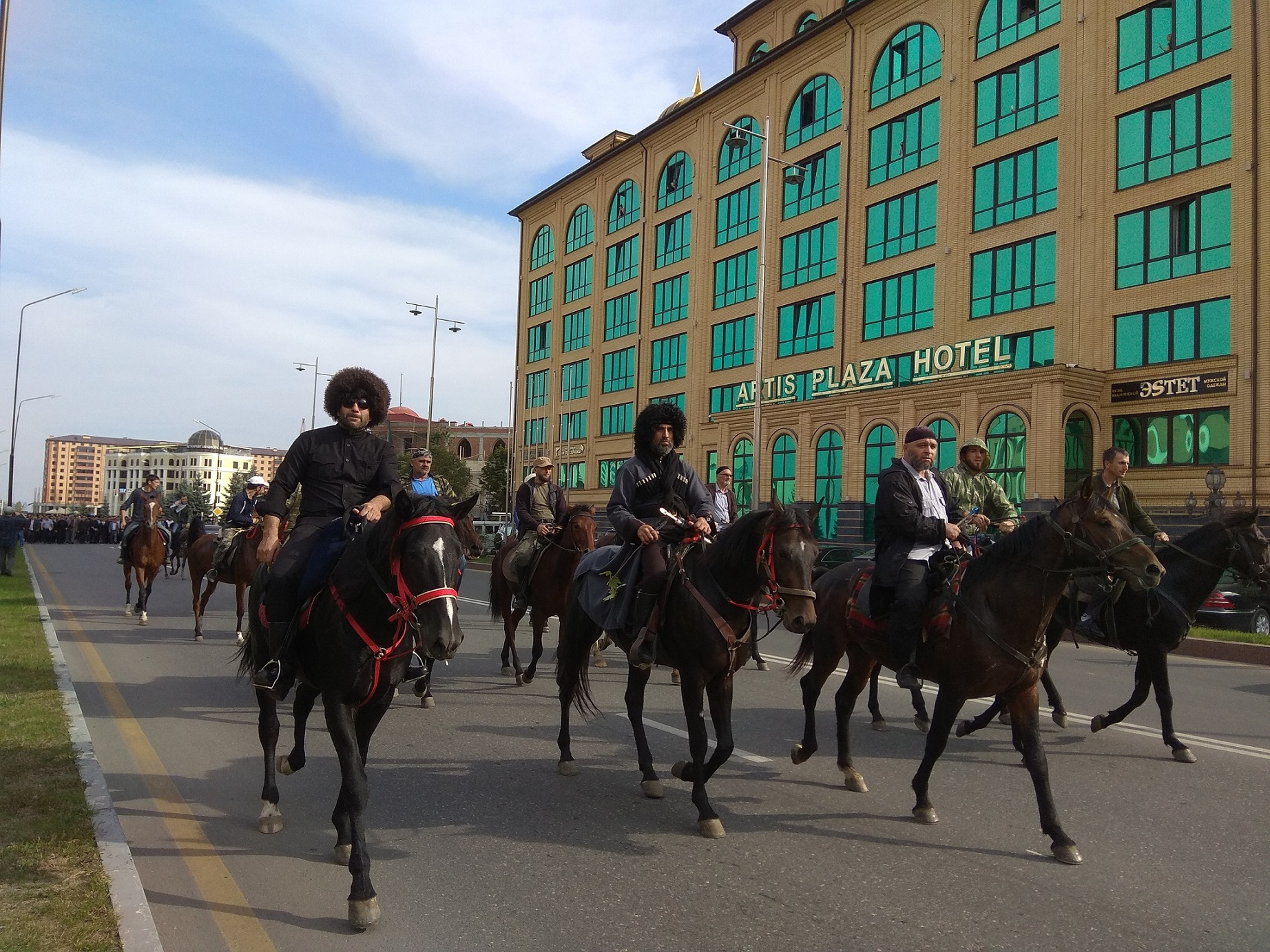
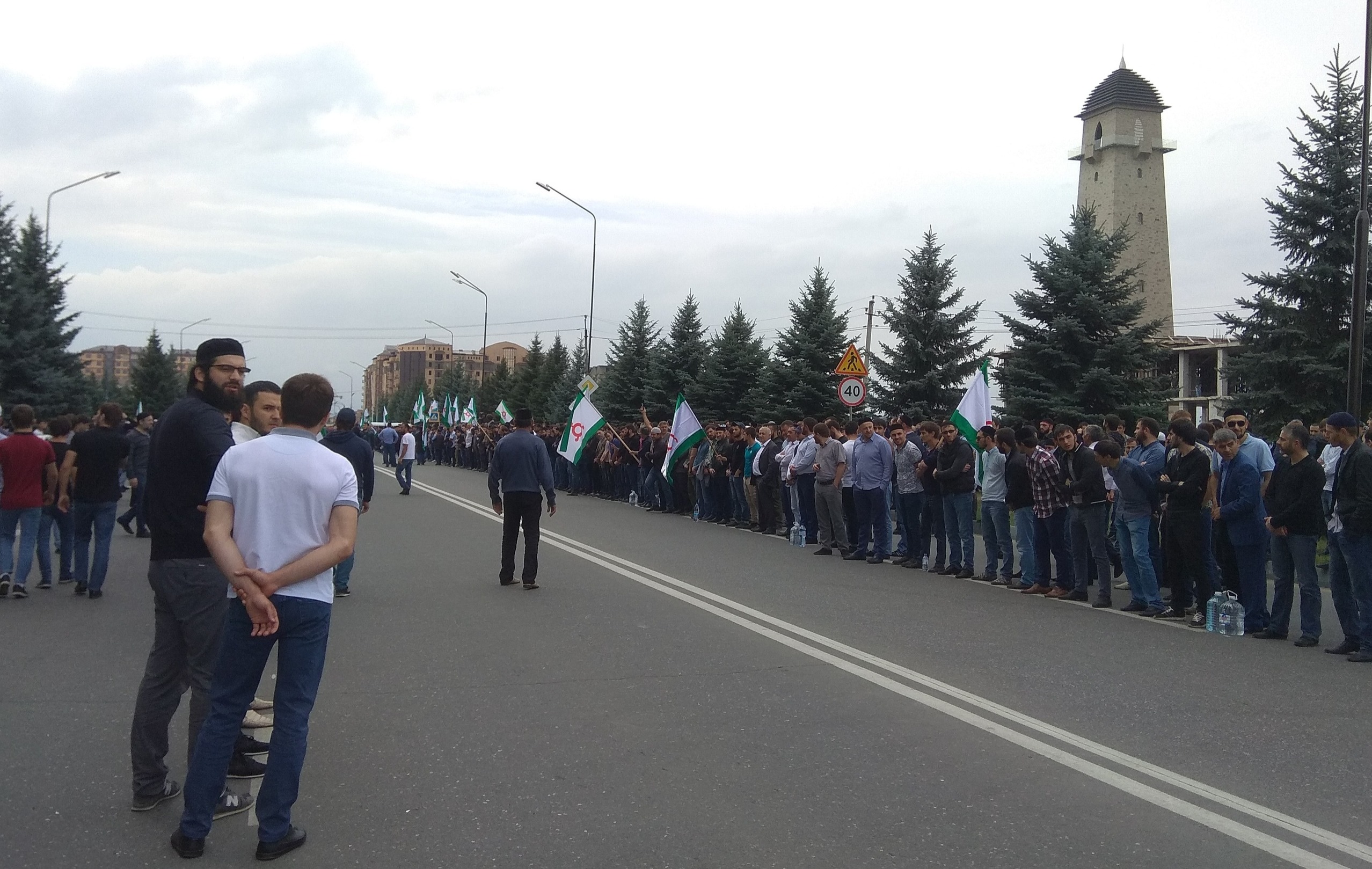
The deal led to weeks of street protests and widespread calls for Yevkurov’s resignation.
Several MPs in the Ingush parliament claimed the vote in parliament approving the deal was falsified while the Ingush Constitutional Court declared it unconstitutional.
[Read on OC Media: Court in Ingushetia considers ‘falsified’ vote on Chechnya land deal]



